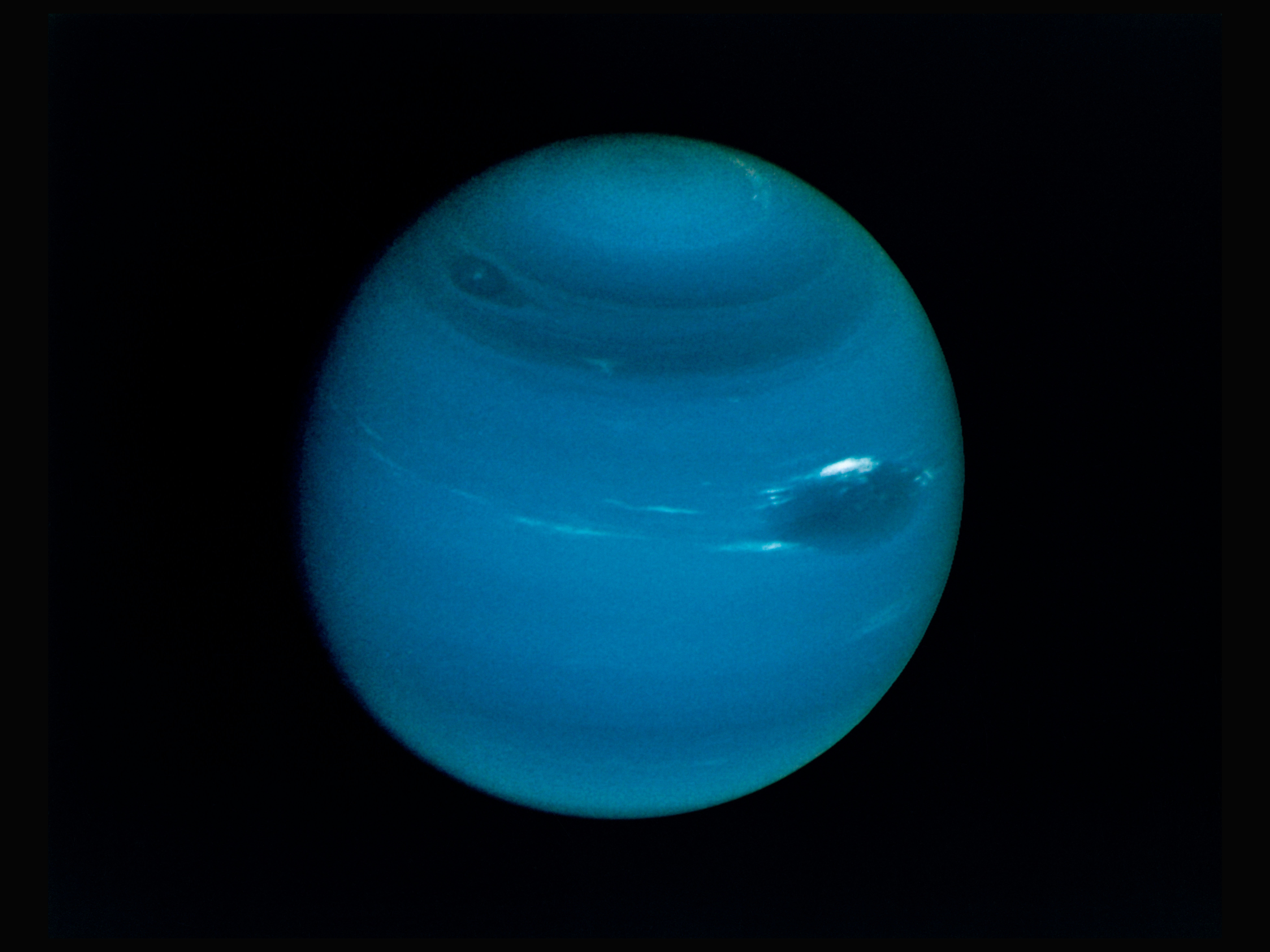
The Ultimate Assessment-Centre Survival Guide for Space Sector Jobs in the UK
Assessment centres for space sector positions in the UK replicate the interdisciplinary, high-stakes environment of spacecraft design, mission operations and R&D. Through psychometric assessments, orbital mechanics problems, systems engineering tasks, mission-design workshops, case studies and interviews, recruiters test your technical prowess, analytical rigour and teamwork. Whether you specialise in satellite engineering, propulsion, space robotics or mission control, this guide prepares you to excel at every stage and secure your next role in the space industry.
Why Assessment Centres Matter for Space Sector Roles
Roles in the space sector demand precise engineering, systems thinking and robust collaboration. Assessment centres allow employers to assess:
Technical depth: Knowledge of orbital mechanics, spacecraft subsystems and launch operations.
Systems integration: Ability to coordinate interfaces between structures, avionics, propulsion and ground segments.
Problem-solving: Analytical rigour when tackling complex, multi-variable challenges under time pressure.
Collaboration: Working in multidisciplinary teams to design and operate space missions.
Excelling across these exercises—from space sector psychometric tests UK to mission-design workshops—demonstrates you’re ready to contribute to pioneering space endeavours.
Pre-Centre Preparation
Begin your preparation 4–6 weeks before the assessment:
Research the organisation and programmes
Identify their flagship missions: Earth observation, communications, launch services or exploration.
Review recent technical papers, mission briefs and regulatory guidelines (UKSA, ESA).
Clarify the schedule
Confirm exercises: psychometric assessments, orbital mechanics problems, systems engineering tasks, group workshops, case studies and interviews.
Request an agenda from HR if not provided.
Refresh core technical knowledge
Orbital mechanics: Kepler’s laws, manoeuvre planning and delta-v budgets.
Spacecraft subsystems: power, thermal, communications, attitude control.
Practice technical exercises
Solve standard orbit determination and transfer problems by hand or with tools.
Review systems engineering V-model, interface control and requirements management.
Mock group workshops
Collaborate on mission-design scenarios: define objectives, constraints and key performance parameters.
Prepare concise presentations of proposed mission architectures.
Cracking Psychometric Assessments
Psychometric tests provide objective measures of cognitive and behavioural traits—essential for high-pressure space operations.
Common Formats
Numerical Reasoning: Interpret telemetry data, delta-v tables and budget spreadsheets (20–30 mins).
Logical Reasoning: Sequence launch checklists or identify anomalies in system logs (15–20 mins).
Verbal Reasoning: Comprehend technical documentation, mission briefs or safety procedures (20–25 mins).
Situational Judgement: Choose best actions during simulated mission anomalies or team conflicts (15–20 mins).
Preparation Tips
Use sector-relevant question banks when possible.
Review statistics, data interpretation and technical writing.
Simulate timed sessions to refine speed and accuracy.
Orbital Mechanics and Systems Engineering Tasks
Hands-on exercises assess your ability to apply fundamental principles to real-world scenarios.
Typical Exercises
Calculate fuel requirements for a Hohmann transfer between two orbits.
Define subsystem interfaces for power and thermal management in a small satellite.
Perform a simple failure mode and effects analysis (FMEA) on an attitude control system.
Best Practices
Clarify assumptions: State standard gravitational parameters, instrument accuracies and margins.
Document methodically: Show calculation steps, diagrams and interface diagrams clearly.
Analyse critically: Discuss implications of trade-offs—mass budgets vs performance.
Present succinctly: Summarise your approach, results and recommendations.
Collaborative Mission-Design Workshops
Group exercises simulate cross-disciplinary mission planning and system integration.
Scenario Examples
Designing an Earth-observation satellite for climate monitoring.
Planning a lunar lander mission with science payloads and communications relay.
Conceptualising a small satellite constellation for IoT connectivity.
Stand-Out Strategies
Initiate by defining mission goals, key constraints (mass, cost, schedule) and success metrics.
Assign roles: systems engineer, mission planner, risk assessor and presenter.
Encourage evidence-based discussion: reference heritage missions, technical margins and risk registers.
Conclude with a clear mission concept: orbit selection, subsystem overview and development roadmap.
Case Studies and Presentations
Case studies test your ability to propose end-to-end solutions to space sector challenges.
Presentation Structure
Context: Define mission objectives, stakeholder requirements and operating environment.
Analysis: Present data, simulation results or trade studies underpinning your design choices.
Solution: Offer detailed system architectures, key technologies and risk mitigations.
Implementation Plan: Outline phases, budgets, schedules and success metrics.
Delivery Tips
Use clear visuals: orbit diagrams, block diagrams and Gantt charts.
Avoid excessive jargon: explain specialised terms for mixed audiences.
Prepare for detailed questions on cost, feasibility and regulatory compliance.
Individual Interviews: Technical & Behavioural
Interviews delve into your domain expertise and teamwork style.
Technical Interview Focus
Deep dives into past projects: mission roles, engineering challenges and achieved outcomes.
Troubleshooting: diagnosing telemetry anomalies or subsystem failures.
Conceptual design: propose improvements to existing spacecraft platforms.
Behavioural Interview Focus
Use the STAR method:
Situation: A critical mission anomaly during operations.
Task: Your role—flight dynamics officer, systems engineer.
Action: Steps taken—root-cause analysis, stakeholder coordination, solution implementation.
Result: Quantify success—mission saved, data recovery or schedule adherence.
Lunch Etiquette & Informal Networking
Informal breaks reveal communication style and cultural fit.
Lunch Best Practices
Arrive punctually, follow polite table manners and mind lab cleanliness if onsite.
Engage in inclusive topics: space exploration trends, personal interests or non-work hobbies.
Offer to share condiments or explain unfamiliar dishes.
Minimise device usage; stay focused on conversations.
Networking Pointers
Ask assessors about their experiences in spacecraft missions or research.
Discuss emerging programmes: Artemis, satellite mega-constellations or space debris mitigation.
Exchange LinkedIn details to maintain professional connections.
Managing Stress and Maintaining Focus
Space assessment centres can be demanding—plan for resilience.
Ensure 7–8 hours’ sleep and a balanced breakfast to maintain cognitive sharpness.
Take micro-breaks: stretch, practise breathing or get fresh air.
Stay hydrated and keep a light snack on hand.
Use positive affirmations: recall past successful simulations or project deliveries.
Post-Centre Follow-Up & Reflection
A polished follow-up underscores your professional approach.
Thank-you emails: Personalise to each assessor, referencing specific tasks or discussions.
Self-review: Note strengths and areas for further development—orbital mechanics, systems interfaces or teamwork.
Continued engagement: Share relevant articles, project summaries or insights on LinkedIn to stay top of mind.
Conclusion
Excelling at a space sector assessment centre in the UK requires a blend of technical mastery, systems thinking and collaborative problem-solving. By honing your psychometric performance, orbital mechanics calculations, systems engineering tasks, mission-design workshops and interview skills—and by presenting yourself professionally in informal settings—you’ll demonstrate the broad skillset needed to advance the UK’s space ambitions.
Call to Action
Ready to launch your career in the space sector? Visit UK Space Jobs to explore current vacancies, access expert resources and subscribe to bespoke job alerts. Embark on your space journey today!
FAQ
Q1: How early should I prepare for a space sector assessment centre? Begin 4–6 weeks before, focusing on orbital mechanics, systems engineering and mission planning exercises.
Q2: Which regulations and standards are relevant? UKSA guidelines, ESA standards, ITU frequency allocations and UK Spaceflight Regulations.
Q3: How can I demonstrate systems integration skills? Discuss interface control documents, data buses and integration test plans during exercises.
Q4: Are soft skills assessed in technical rounds? Yes—clear communication, collaboration and adaptability are critical in multidisciplinary teams.
Q5: What’s the ideal timeline for follow-up? Send personalised thank-you emails within 24–48 hours and connect on LinkedIn for ongoing engagement.


